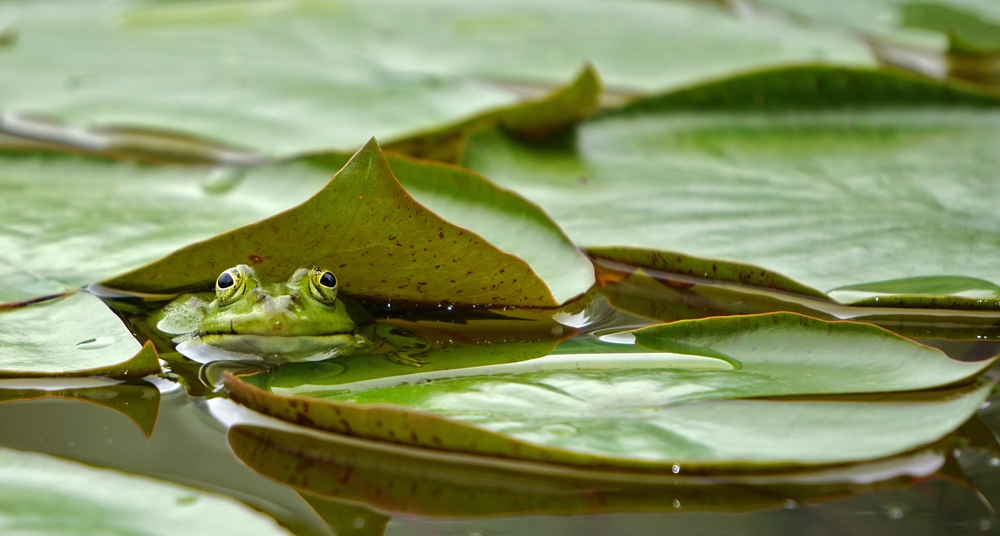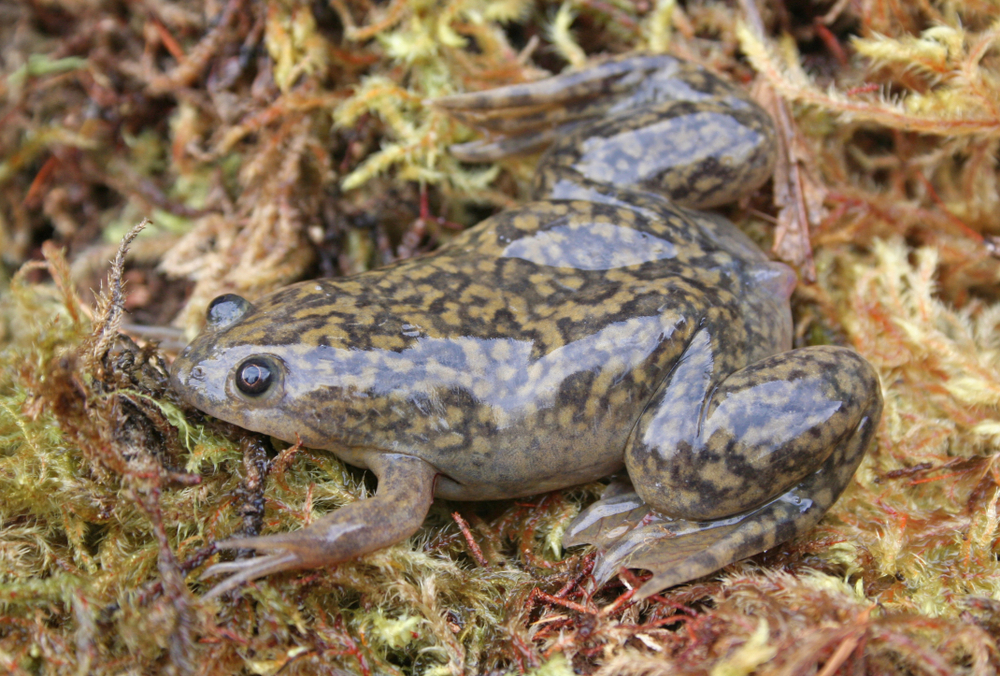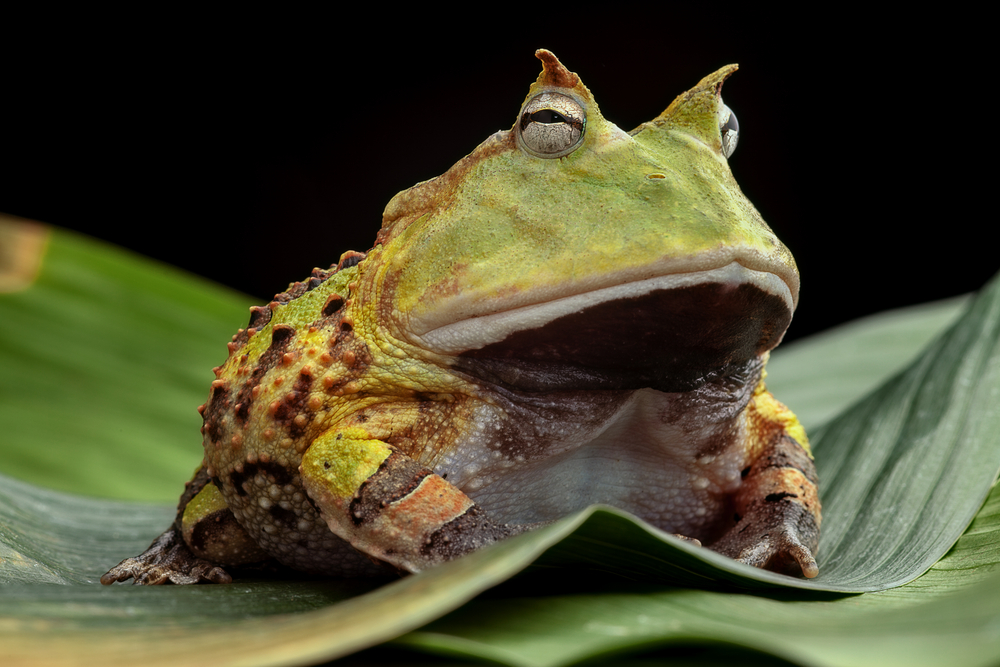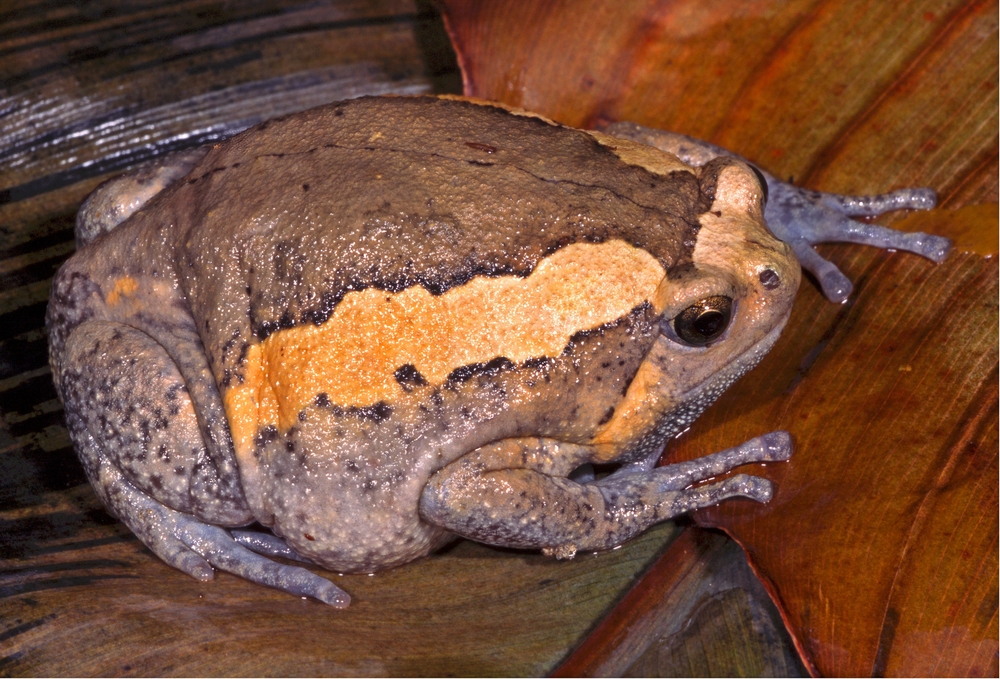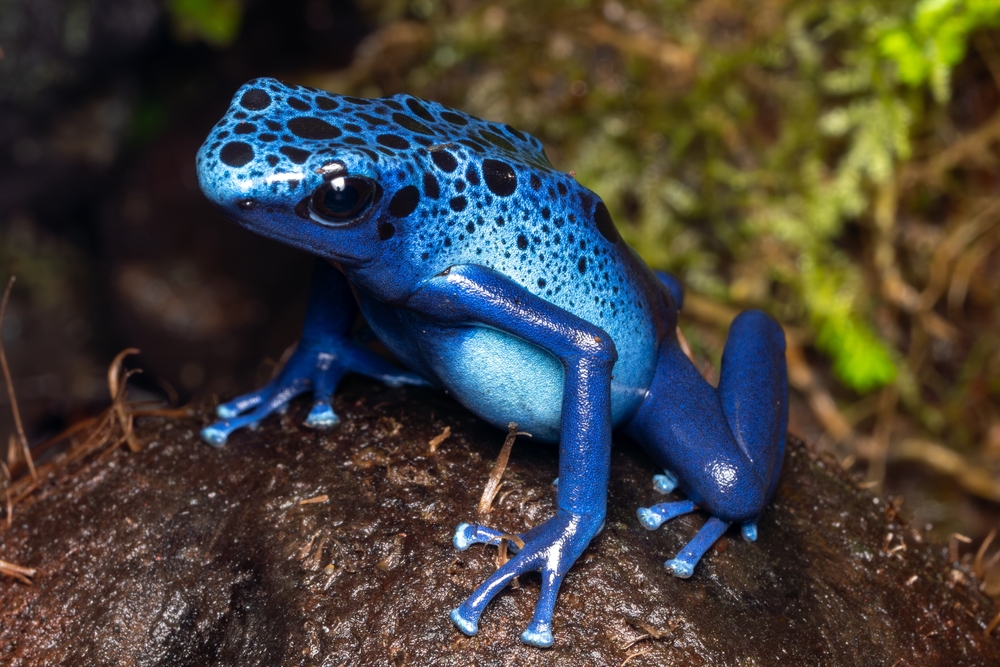Uniqueness
Hybrid Origin:
One of the most distinctive features of the Common Water Frog (Pelophylax kl. esculentus) is its hybrid origin. It is not a standalone species but a natural hybrid between the Pool Frog (Pelophylax lessonae) and the Marsh Frog (Pelophylax ridibundus). This hybridization is rare and results in a unique reproductive system known as kleptogenesis—where the hybrid must mate with one of its parent species to reproduce successfully.
Reproductive System – Kleptogenesis:
Unlike typical sexual reproduction, Common Water Frogs do not pair with each other to produce offspring. Instead:
-
The hybrid usually mates with one parent species (often P. lessonae).
-
During reproduction, one set of the parental genome is “discarded” and replaced by a clone of the retained genome.
-
This allows the hybrid lineage to persist, despite being genetically unstable by typical standards.
Wide Ecological Tolerance:
Common Water Frogs are highly adaptable to a variety of aquatic habitats, including ponds, lakes, marshes, and slow-moving streams. They tolerate moderate pollution and a wide range of temperatures, which contributes to their widespread presence across Europe.
Dual Life Adaptation:
Like other frogs, they exhibit amphibious living, but the Common Water Frog is especially well-suited to aquatic life:
-
Their long legs and fully webbed feet make them powerful swimmers.
-
They can absorb oxygen through their skin, aiding survival in low-oxygen water conditions.
Vocal Abilities:
Male Common Water Frogs are known for their loud, resonant mating calls, produced using paired external vocal sacs. These calls can be heard over long distances and are a key feature during the breeding season.
Ecological Indicator:
Due to their sensitivity to environmental changes and pollutants, Common Water Frogs serve as bioindicators of freshwater ecosystem health. A decline in their populations may signal broader ecological distress.
Hybrid Vigor:
Though hybrids often suffer from reduced fitness, Common Water Frogs can exhibit hybrid vigor, showing traits such as increased size, broader habitat tolerance, and reproductive versatility compared to their parent species.
This combination of genetic complexity, ecological resilience, and evolutionary curiosity makes the Common Water Frog one of the most unique amphibians in Europe.



































































